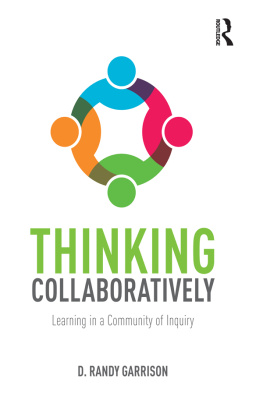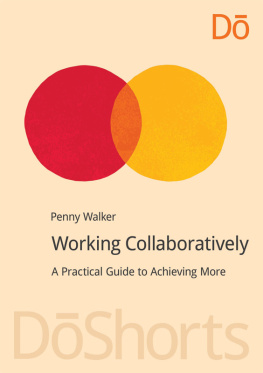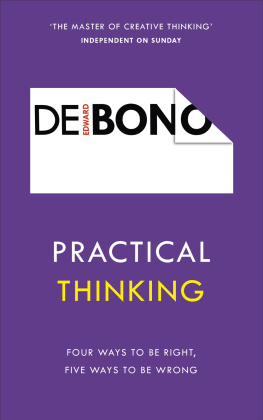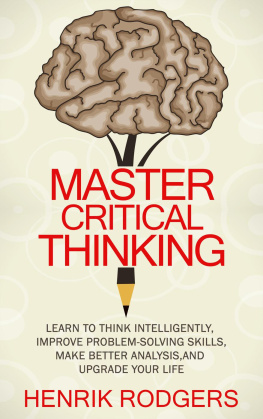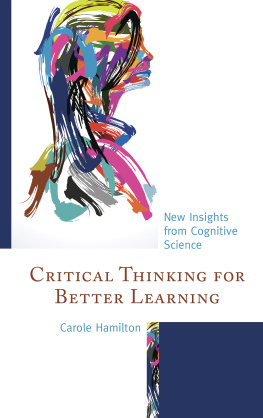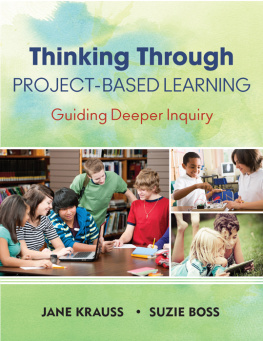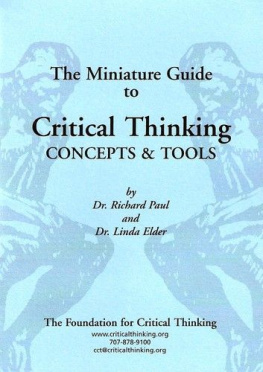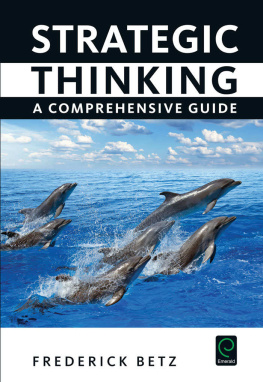First published 2016
by Routledge
711 Third Avenue, New York, NY 10017
and by Routledge
2 Park Square, Milton Park, Abingdon, Oxon OX14 4RN
Routledge is an imprint of the Taylor & Francis Group, an informa business
2016 Taylor & Francis
The right of D. Randy Garrison to be identified as the author of this work has been asserted by him in accordance with sections 77 and 78 of the Copyright, Designs and Patents Act 1988.
All rights reserved. No part of this book may be reprinted or reproduced or utilised in any form or by any electronic, mechanical, or other means, now known or hereafter invented, including photocopying and recording, or in any information storage or retrieval system, without permission in writing from the publishers.
Trademark notice: Product or corporate names may be trademarks or registered trademarks, and are used only for identification and explanation without intent to infringe.
Library of Congress Cataloging in Publication Data
A catalog record for this book has been requested.
ISBN: 978-1-138-82431-7 (hbk)
ISBN: 978-1-138-82432-4 (pbk)
ISBN: 978-1-315-74075-1 (ebk)
Typeset in Bembo
by Cenveo Publisher Services

The genesis of this book is the insights that emerged from more than a decade of collaborative research on thinking and learning in a community of inquiry. The focus of this research was on the transactional dynamics of learning through collaborative inquiry an approach that is both a catalyst and facilitator for deep and meaningful learning. Thinking and learning in collaborative settings provide an environment where participants engage in critical reflection and discourse. The intended outcomes are not only personal meaning but mutual understanding. Thinking and learning collaboratively is a process of engaging with new ideas, raising questions, and clarifying misunderstandings.
Man has never been a solitary thinker nor predisposed to critically examining personal perspectives and beliefs. We are social beings interacting with our challenging and complex surroundings. In fact our very evolution is linked to collaboration (Wilson 2012). Perhaps it is time that in a connected knowledge society we explicitly recognize and understand the importance of collaboration in our thinking and learning. The argument is that thinking collaboratively is a transactional learning experience and an essential process for overcoming personal bias (tendency to hold to current beliefs and reject new ideas). Moreover, thinking collaboratively is inevitably associated with critical and creative thought processes that lead to deep and meaningful learning experiences. Consistent with this perspective, the construct of thinking and learning collaboratively is described and developed within the Community of Inquiry framework. It is this framework that provides the theoretical coherence to understand and apply collaborative thinking and learning in socially situated and technologically connected learning environments.
The work on the Community of Inquiry framework began in the late 1990s with collaboration among myself, Terry Anderson, and Walter Archer (see Garrison, Anderson and Archer 2010). During the early stages of this research we had created a small community of inquiry without thinking of it in such terms. While being friends and colleagues helped immeasurably in terms of trust and communication, the unique element of our success was the different set of interests, knowledge and experiences that we were able to blend together to resolve a challenge we were facing in the delivery of online courses in a blended graduate program. At the time there was little research and virtually no coherent perspective in which to help us understand online learning. In relatively short order, however, we constructed what has become a widely adopted, credible and robust theoretical framework for the study and design of online and blended learning. The reasons for its success are many but at its core is a parsimonious and intuitive conceptualization of a complex dynamic.
The Community of Inquiry framework was the result of a constructive process of thinking collaboratively. We were thinking collaboratively as we tried to understand and describe the process of thinking and learning in a virtual world. The collaborative nature of this research continued as the research community expanded and the framework developed theoretically and practically. The success of this research was a direct result of sustained and focused collaborative thinking and learning, very much as described by the Community of Inquiry framework. We were modeling the very process that we were trying to describe.
From a personal perspective, this book reflects the culmination of a career exploring thinking and learning in a variety of contexts that included higher, adult and distance education. My first academic position was as a director of distance education in a traditional university context. Not having much experience in the field, I had trouble accepting that the goal of distance education at the time was to write course packages that would make the learner as independent as possible (described in ). To me this seemed to contradict the very nature of an educational experience. Education in the traditional literature is grounded in two-way communication. My earliest writing at the time (Garrison 1989) attempted to address this theme and has shaped my research since.
Other early areas of study that caught my attention were critical thinking and self-directed learning. The critical thinking research (Garrison 1991) evolved into the Practical Inquiry model and a core element of the Community of Inquiry framework. The Practical Inquiry model reflected the reality and fusion of reflection and discourse and is central to the concept of thinking and learning collaboratively described here. The work on self-directed learning (Garrison 1997a) became a jumping off point for our recent work on shared metacognition as manifested in a community of inquiry. Shared metacognition is essential for thinking and learning collaboratively and brings me full circle back to my early interest in how we think. Shared metacognition is a comprehensive understanding of thinking and learning that explicitly recognizes social influences and the importance of collaboration.
The point is that the most satisfying and well received work that I have done has invariably been the result of extensive collaboration with my colleagues and graduate students over the years (I will not attempt to provide a list because it is long and lest I forget somebody). However, I would be remiss if I did not acknowledge three of my colleagues (Norm Vaughan, Marti Cleveland-Innes and Zehra Akyol) who have sustained me beyond my date of expected retirement. My collaborations over the years have brought together a range of expertise, generated a synergy of ideas and a motivational state hard to maintain as an individual. The collaborations stimulated and sustained my interest and continued involvement in exploring and interpreting particular aspects of the framework. The Community of Inquiry framework, research methodology and principles of practice was not and could not have been the work of one person. It is a testament to thinking and learning collaboratively.
Contents
The first chapter provides the context and argument for the consideration of thinking and learning collaboratively. The chapter explores societal developments pointing to the necessities for thinking and learning collaboratively. led us to the era of engagement. The chapter concludes the first part of the book that provides the foundational ideas and developments that have led to a focus on thinking and learning collaboratively.

